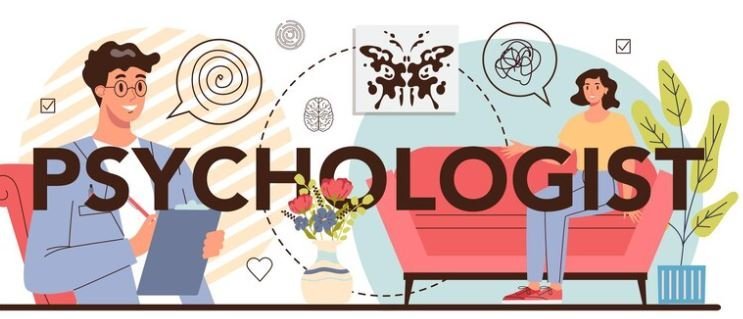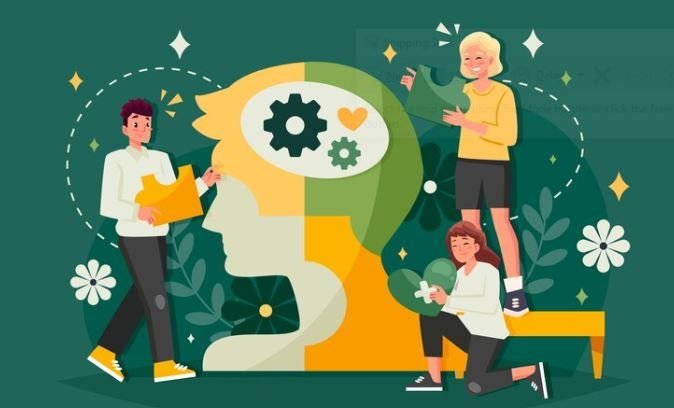Thorndike’s Theory of Learning in Psychology is one such basic concept that explains the occurrence of learning by experience. Edward L. Thorndike, an American psychologist who formulated this theory proposed that learning is a result of connections forming between stimuli and responses These links grow or decrease according to use.
Who Was Edward L. Thorndike?
Edward L. Thorndike was a psychologist who had an interest in how humans and animals acquire new behaviours He was convinced that we can always know why particularly something sticks in memory, and what is important how to improve tasks where practice (and errors) make perfect. What he discovered was that if we did something, and there is a reward for it — then the likelihood of our doing it again in the future increases. This simple concept was now central to the understanding of learning.
Thorndike’s Theory of Learning
The Theory of Learning Thorndike is often referred to as the “Law of Effect.” It is a classic thought that if we try something and then everything turns good, afterwards under the same circumstances our behaviour will be repeating.
We are also not the only ones to avoid it if ever something bad happens on our behalf. For instance, receiving a good grade because you studied hard will make it more probable that you study harder in the future since getting a good grade feels nice.
The Law of Effect
Most of the part in Thorndike’s Theory is related to The Law of Effect. This tells us that actions with rewards are remembered and repeated, whilst those leading to something uncomfortable are forgotten and not done again. Or if you were trying to ride a bike for the first time, The more you get used to it and the better you become at balancing, all this gets easier. You keep doing it some more because It makes you happy at the end of the day.
How do we learn from practice?
Thorndike: Learning occurs through practice. Practice makes perfect. It is the same way with anything we do, the more you practice an activity, the better and faster you will be able to perform it again later on. When we do, our brain makes this connection whenever we practice. The more we practice, the stronger these connections become.
Initially, it might be tough when you pick up a musical instrument to play for the first time but as your practice goes on, so does your improvement and enjoyment of playing.

Trial and Error Learning
Thorndike also presented this thing, trial and error learning. That is to say, it’s about experimentation with form and function until you hit upon a way of doing something that works. When you are solving a puzzle, Maybe you take one piece and see it does not fit so try the next. This is trial and error. You get the right piece, and your brain is wired to remember it.
Abuse that part of the knowledge process repeatedly – you pull out a thousand puzzles one by one — without ever putting any back in! And with each successful recall…every rediscovery: believe, this horrendous activity has an equally difficult name remembrance Tag™…and really…it gets easier next time!!!
Positive and negative reinforcement
The two main ideas in Thorndike’s theory are positive reinforcement and negative reinforcement. Positive reinforcement: This is when a good thing happens after you do something, like getting a star for completing your homework.
For example: getting out of extra chores because, due to cleaning your room on time (a response that enabled an added reinforcer), it is one less chore you would have had today. All either does, is make you want to take the high road another time.
How Thorndike’s Theory Affects Us at School
Learning in School: Thorndike’s Theory of Learning guides teachers on what to do, and how they may help students with learning. This type of encouragement by rewarding the right kind of work (positive praise or stickers) can make students want to learn more.
This is simply because students will relate learning to the good feelings they received and thus seek more.
How Can You Use This Theory?
One way you can apply Thorndike’s Theory of Learning to your own life is through doing more, that which needs improvement. Whatever you do — read, play a sport or learn a new game — knowing that the more you practice it will give results is key.
If you do something right, pat yourself on the back! And this will keep you wanting to try more and learn something new.
Why Patience and Perseverance Matters
Sometimes, learning a new thing could be difficult it takes time to get the right way. 2- Thorndike’s Theory of Making Mistakes Every error is a bridge to success. So, don’t give up! Just keep going, and remember every time you try to practice.
Thorndike and the Law of Effect on Learning in Animals
THORNDIKE: He also experimented with what animals learn. He ran an experiment using cats to observe how they would figure out a way to escape from crates. The cats would experiment and when they got a way out, remember it and do that quicker next time.
This experiment confirmed that animals learn in much the same way as humans: by trial and error, observing what works (Law of Effect), not by theory or belief.
Utilization of this Theory in Day to day Life
You see Thorndike’s Theory of Learning every day. For example, you will probably feel good when your parents thank you after helping to clean up and then more likely to help again. You will also like to do your homework and then play the game, more so because you get the reward — playing a round of your favourite game. This is a simple example of learning in real life.
So now we realize: that one of the keys is learning.
Perhaps there is no better tool than Thorndike’s Theory of Learning to explain how we learn and absorb new information. Like with anything, we get better the more we practice and are patient enough to learn from our mistakes.
No matter what it is, when you do something new, your brain makes connections that will help you with learning and growth. And in the end, just keep practising for you to learn something new and most importantly have fun!


